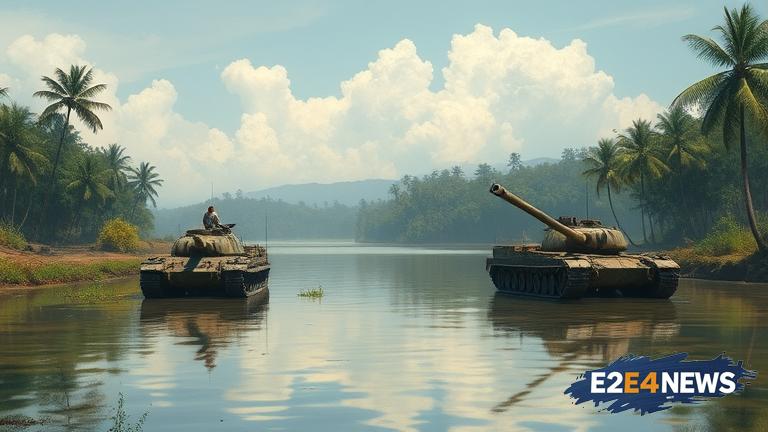Sri Lanka has been grappling with the issue of saving its ancient tanks, which are a vital part of the country’s irrigation system and cultural heritage. Despite the rhetoric surrounding the importance of preserving these tanks, the reality on the ground is far from ideal. Many of these tanks are in a state of disrepair, with some being used as dumping grounds for waste and others being encroached upon by farmers and developers. The government has launched several initiatives to restore and conserve these tanks, but progress has been slow due to a lack of funding and resources. Furthermore, the process of saving these tanks is complex and requires a multi-faceted approach, involving not just the government but also local communities and stakeholders. The tanks are not just important for irrigation, but also play a crucial role in maintaining the country’s biodiversity and ecosystem. However, the lack of awareness and education among local communities about the importance of these tanks has hindered conservation efforts. Additionally, the issue of saving tanks is often politicized, with different parties having different agendas and priorities. The media has also been criticized for sensationalizing the issue, rather than providing a balanced and nuanced view of the situation. Despite these challenges, there are many individuals and organizations working tirelessly to save Sri Lanka’s tanks, and their efforts are beginning to bear fruit. For example, some communities have come together to form tank conservation societies, which work to restore and maintain the tanks, as well as promote awareness and education about their importance. The government has also established a number of programs and initiatives to support tank conservation, including the provision of funding and technical assistance to local communities. However, more needs to be done to address the scale and complexity of the issue, and to ensure that the conservation of Sri Lanka’s tanks is a sustainable and long-term effort. The international community also has a role to play in supporting Sri Lanka’s tank conservation efforts, through the provision of funding, technical assistance, and expertise. Ultimately, saving Sri Lanka’s tanks will require a concerted effort from all stakeholders, including the government, local communities, and the international community. It will also require a fundamental shift in the way that Sri Lankans think about and interact with their environment, and a recognition of the importance of preserving the country’s cultural and natural heritage. The fate of Sri Lanka’s tanks is a microcosm of the broader environmental and conservation challenges facing the country, and the world. As such, it is an issue that requires urgent attention and action, and one that has significant implications for the future of the planet.
